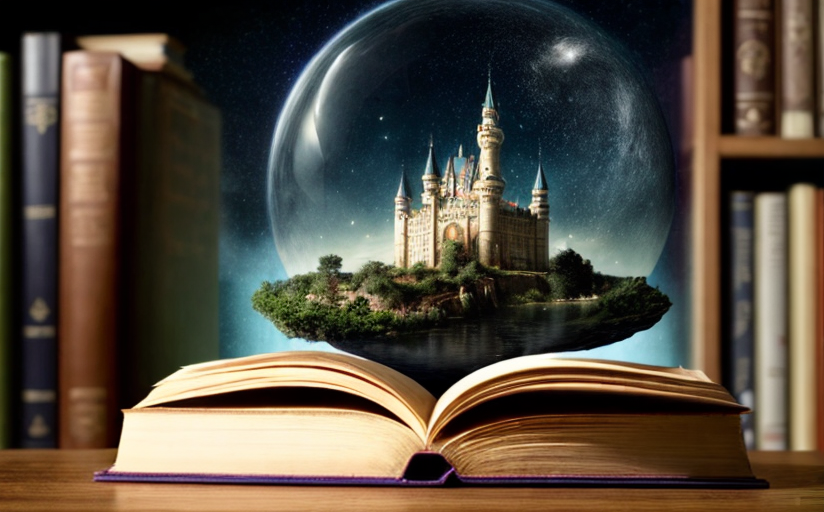The Intricacies of Magical Realism and Its Influence on Contemporary Literature
In the labyrinth of literary genres, magical realism occupies a unique spot, presenting an enticing mix of realism and fantasy that has intrigued readers and influenced contemporary literature.
Defining Characteristics of Magical Realism
The essence of magical realism lies in its ability to weave traditional, reality-based narratives with elements of surrealism and fantasy, blurring the lines between reality and the supernatural. Unlike standard fantasy narratives, this genre does not create an entirely new reality but instead threads fantastic elements into the real world in a manner where they appear as unremarkable occurrences. This subtlety often leaves readers questioning the boundaries of reality, making this genre particularly captivating.
Prominent Authors and Their Works
Authors who have adeptly incorporated magical realism into their storytelling include the likes of Gabriel Garcia Marquez, Isabel Allende, and Haruki Murakami. Marquez's One Hundred Years of Solitude is a notable work of magical realism, weaving magical aspects into the reality of life in Macondo, a fictitious Latin American village. Similarly, Allende's House of the Spirits intertwines generations of family history with elements of magic while Murakami's novels like Kafka on the Shore” add surreal elements to ordinary life settings. The use of magical realism by these authors reshapes perspectives, impacts narratives, and mirrors the complexities of life through a unique lens.
The Appeal of Magical Realism
Magical realism breaks the monotony of ordinary life, injecting a dose of fantasy into the everyday, which resonates with modern readers. It allows them to explore the impossible within the context of the familiar, providing a refreshingly elevated perspective on reality. The genre’s dominance not only in adult literature but also in youth novels, supernatural stories, and fantasy novels is a testament to its broad appeal.
The Evolution of Magical Realism
Originating from Latin America, magical realism has evolved over time, crossing cultural and geographical boundaries. While retaining its core characteristics, the genre has also evolved to incorporate regional and individual authorial variations. Contemporary literature across various genres, from Ken Liu's silkpunk, an Asian-influenced blend of sci-fi and fantasy, to Neil Gaiman's urban fantasies, bear the influences of magical realism even as they reshape and redefine it according to their narrative needs.




















Comments
Leave a Comment